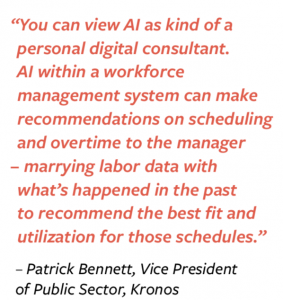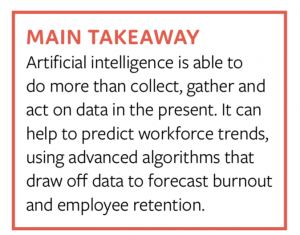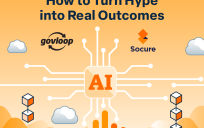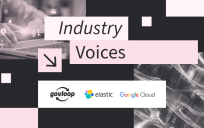This article is an excerpt from GovLoop’s recent guide, “Intelligent Innovation: Tech Trends Taking Root in State and Local Governments.” Download the full guide here.
Digital assistants are everywhere. Math teachers have calculators. Writers have spell check. And now, managers in government offices have artificial intelligence (AI) at their fingertips.
Frequently, government agencies and departments are understaffed and short on resources. Overtime assignments and poorly scheduled shifts, often leading to fatigue, are the norm for many vital state and local agencies – including services like medical, fire and police.
Fixing these challenges requires innovation, so GovLoop spoke with Patrick Bennett, Vice President of Public Sector for Kronos, a leading workforce management solutions provider, to find out how AI can help solve issues of scheduling and overtime in the public sector.
“You can view AI as kind of a personal digital consultant. AI within a workforce management system can make recommendations on scheduling and overtime to the manager – marrying labor data with what’s happened in the past to recommend the best fit and utilization for those schedules,” Bennett said.
Government offices are famously treasure troves for data – and that can help managers in scheduling. But sorting through this data to better assign employees is difficult for managers going at it alone. And analyzing that information to predict the future? Not a chance.
With AI, however, managers and HR professionals can make full use of workforce data. AI systems in workforce management aggregate and sift through information, arranging it with respect to job categories and departments. Viewing important metrics in a central location can help place the “right people in the right place at the right cost,” Bennett said.
Government workforces are complex and challenging to manage, with flexible hours, contractors and public-private partnerships. Agencies also have to meet workforce legislation as well as labor union requirements – especially considering that 34% of public sector workers belong to unions, a rate more than five times greater than that of the private sector. Managers and HR professionals then have to live up to those standards, but they might have no idea whether they’re meeting compliance requirements.
“For many agencies, manual processes are the norm,” Bennett said. “So, they’re trusting their employees to make these decisions, but the data isn’t available or is cumbersome to find in order to make those decisions.”
AI can solve those challenges, even making personalized recommendations for scheduling individual employees. Kronos AI solutions consider factors such as job description and cumulative overtime hours to account for burnout, so agencies can assign employees to the right shifts and positions. AI’s capabilities are further advanced by the cloud, and solutions like those at Kronos, can automatically produce and distribute schedules and run compliance checks based on the agencies’ criteria.
Managing people should not be left up to guesswork. AI solutions drive informed human capital management, using data-driven insights to put employees in situations where they can succeed.






Leave a Reply
You must be logged in to post a comment.